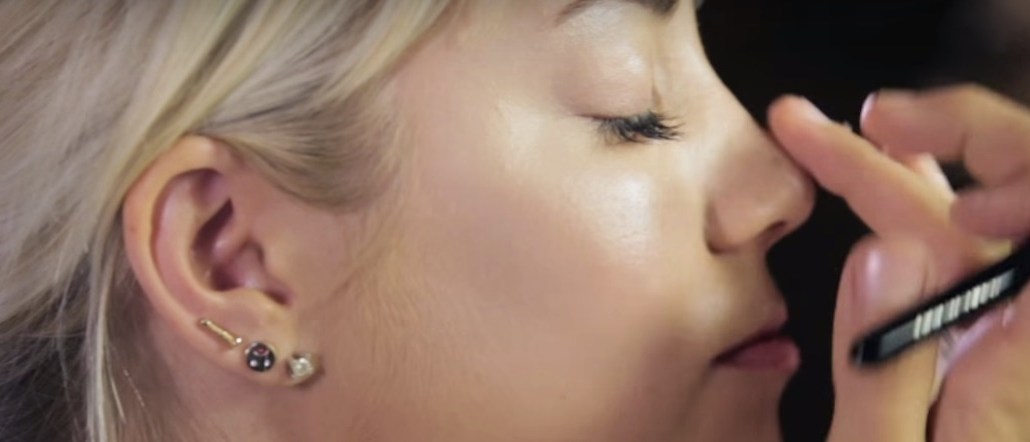
Billboard is getting into the makeup-tutorials business.
This past Friday, the music-industry bible published a quick video across its website and social media feeds showing viewers how to recreate the look from the cover of Britney Spears’s new album, “Glory.” Thanks to a distribution strategy that shot it across Billboard’s website, social channels as well as three other major content portals, the video quickly amassed over 100,000 views.
On one level, the video was a distinct way to nose in on Britney’s big media moment. The long-simmering “Glory” was being released that day, and Spears was scheduled to perform at the MTV Video Music Awards that weekend. But it was also the debut episode of “Rock the Look,” a weekly web series that shows how to recreate looks from iconic album covers, music videos or even runway appearances by pop stars like Spears.
“Rock the Look” is not a massive investment on Billboard’s part — four members of Billboard’s in-house production team put it together, among their other responsibilities — but it is an important experiment for them. With more content being distributed away from publishers’ core channels, a few of them are thinking more expansively about the kinds of video they can make.
“A lot of our new ideas are coming out around this distributed-content model,” said Michael Palmer, the general manager of video for Billboard and The Hollywood Reporter.
“This is absolutely on-brand for us,” he said. But he adds that, with a packed video development pipeline and aspirations to raise its profile as a video content producer, series like “Rock the Look” and others will be spread as widely as they can. “The more places we can put it, the better,” Palmer said of his video projects.
Billboard has long tried to keep the attention of both industry professionals and entertainment fans, and in the process, it has amassed a social media footprint far larger than a typical trade publication’s, over 14 million accounts in total.
It is also larger than those belonging to many top beauty brands and influencers, per data compiled by digital video analytics company Tubular Labs. Most of those followers are concentrated on Facebook, but Billboard’s 2.1 million Instagram followers puts it ahead of publishers like Cosmopolitan, as well as several top beauty influencers too.
While the audiences are not identical, the raw numbers at least help in conversations with beauty brands. “This expands the number of advertisers we can go out to,” Palmer said.
Building the series into a hit will help more, though that will take some effort. Ever since YouTube decided to make Michelle Phan one of the building blocks of its first brand campaign, makeup and beauty tutorials have grown into a digital video staple, with brands, vloggers and influencers alike all peddling their own tips.
Palmer said Billboard has an advantage because of its access to music-industry talent, a formula it has applied to its other branded-content efforts.
Whether that’s enough to carve out an audience, either on or off Billboard’s core properties, remains to be seen. “The Billboard example is really interesting,” said Jamie Katz, a director of account management who handles Sephora at Duncan/Channon. “To me, it’s not about who puts it out but if the content makes sense for their readers.”
More in Media

WTF is behind the explosion of faceless creators?
Brands are rapidly increasing their spending on faceless creators, showing the unique benefits of working with this type of influencer.

In Graphic Detail: As ‘Grow a Garden’ booms, a new report shows the marketing power of Roblox
The explosive growth of “Grow a Garden” has brought new attention to Roblox — and rejuvenated marketers’ interest in its advertising power.

Brand deals surge for golf creators as the sport’s popularity spikes
Golf is booming, and so is influencer marketing. As a result, golf creators are signing an unprecedented number of brand deals in 2025.





